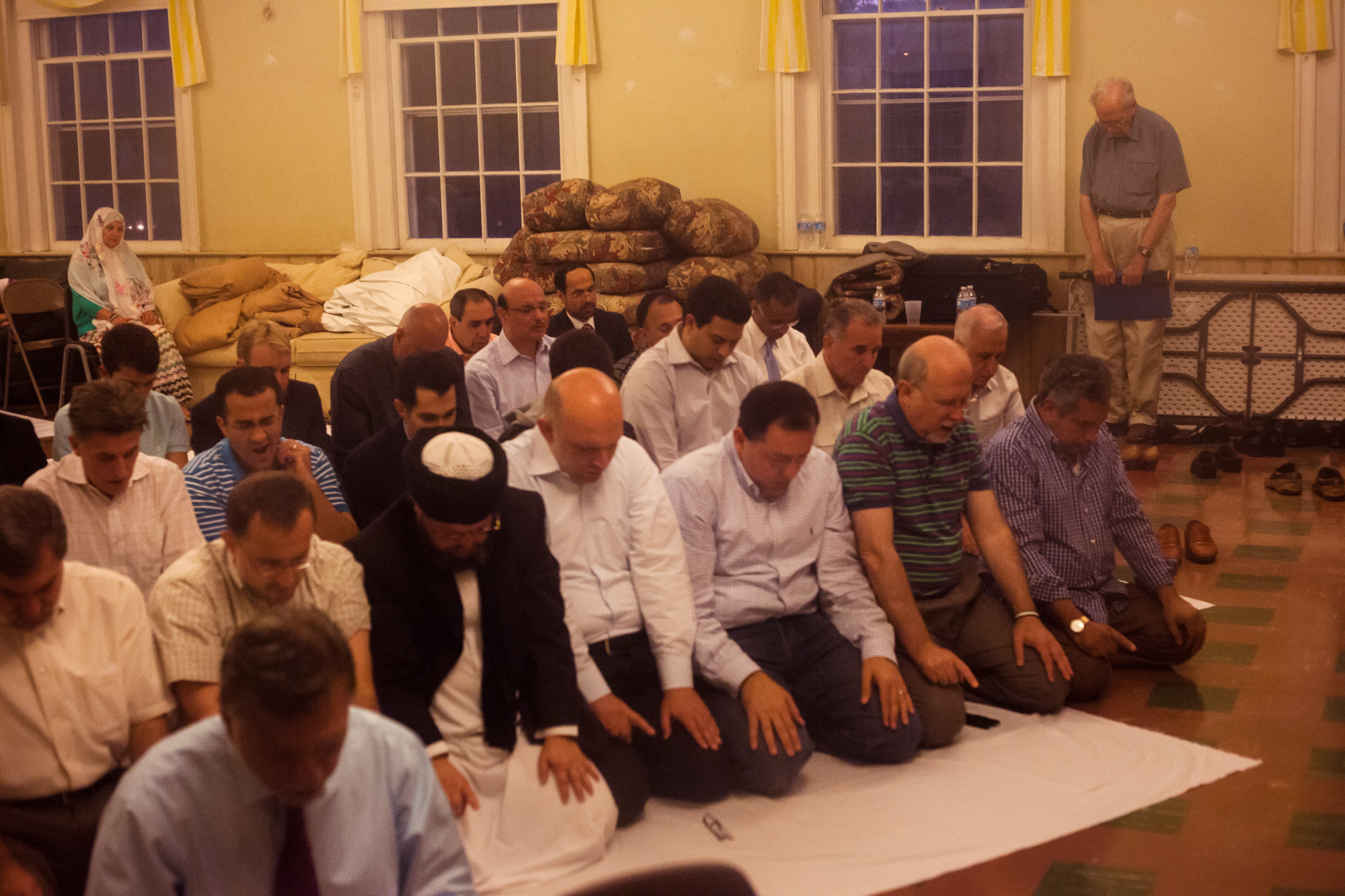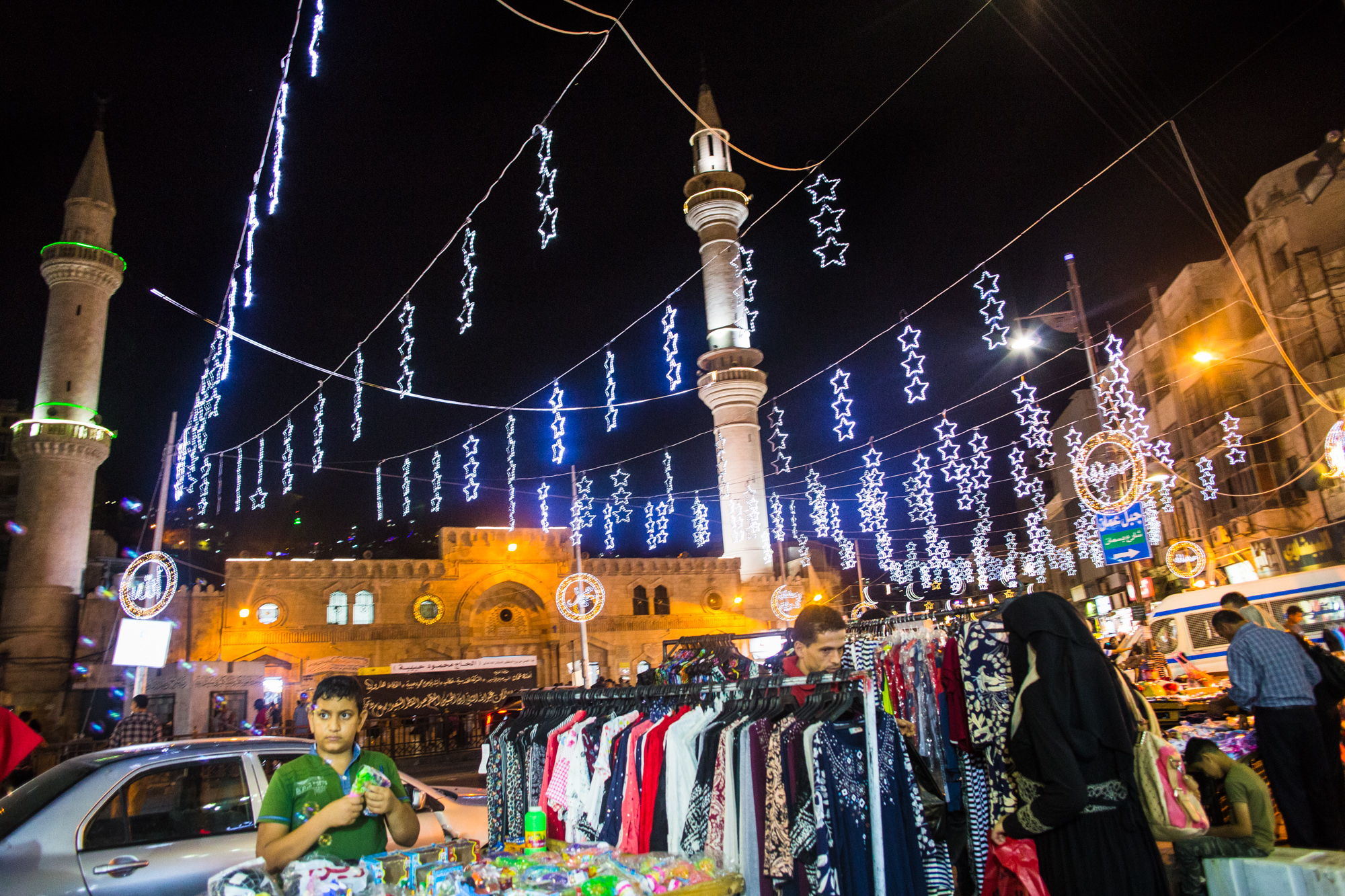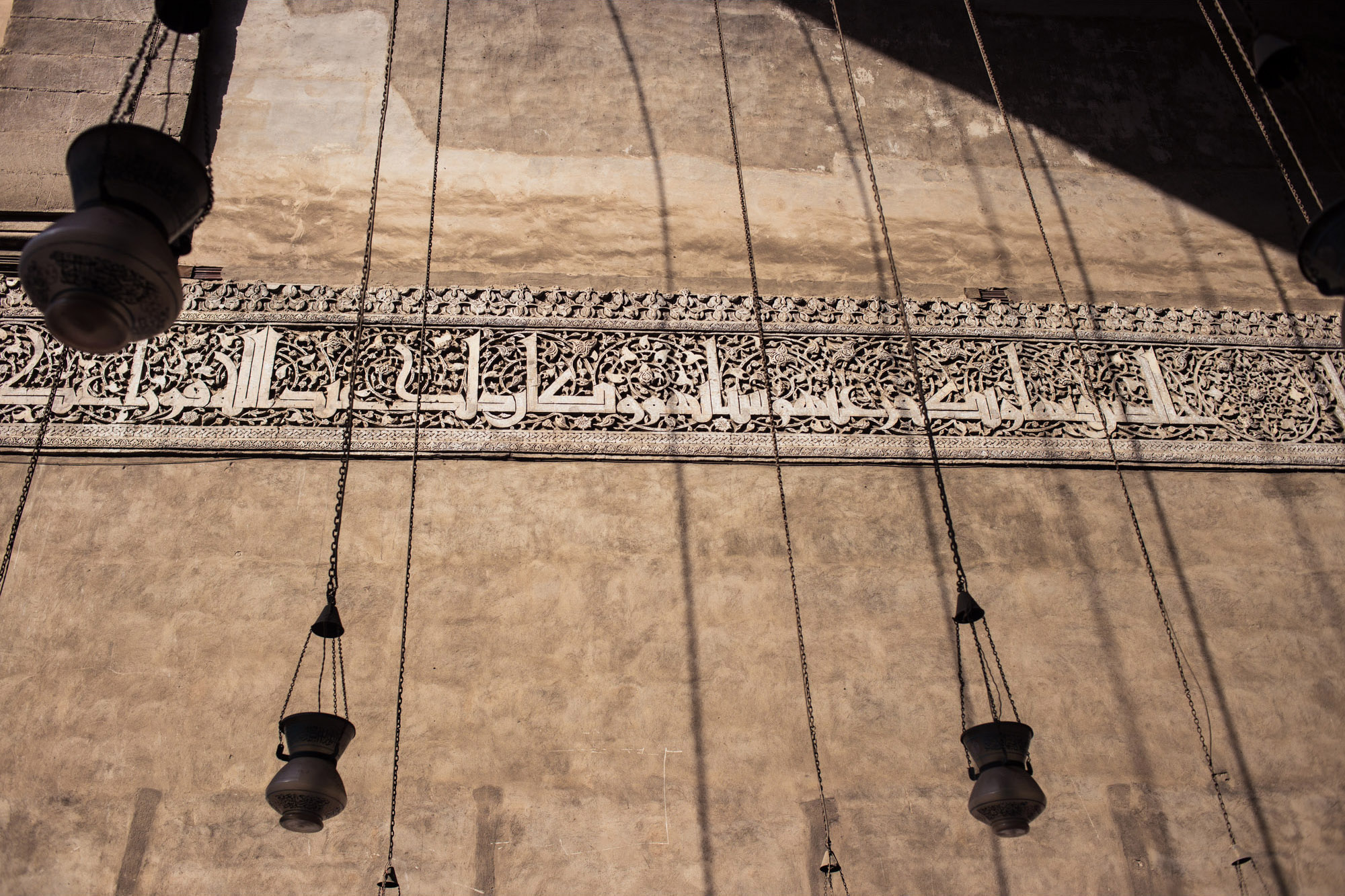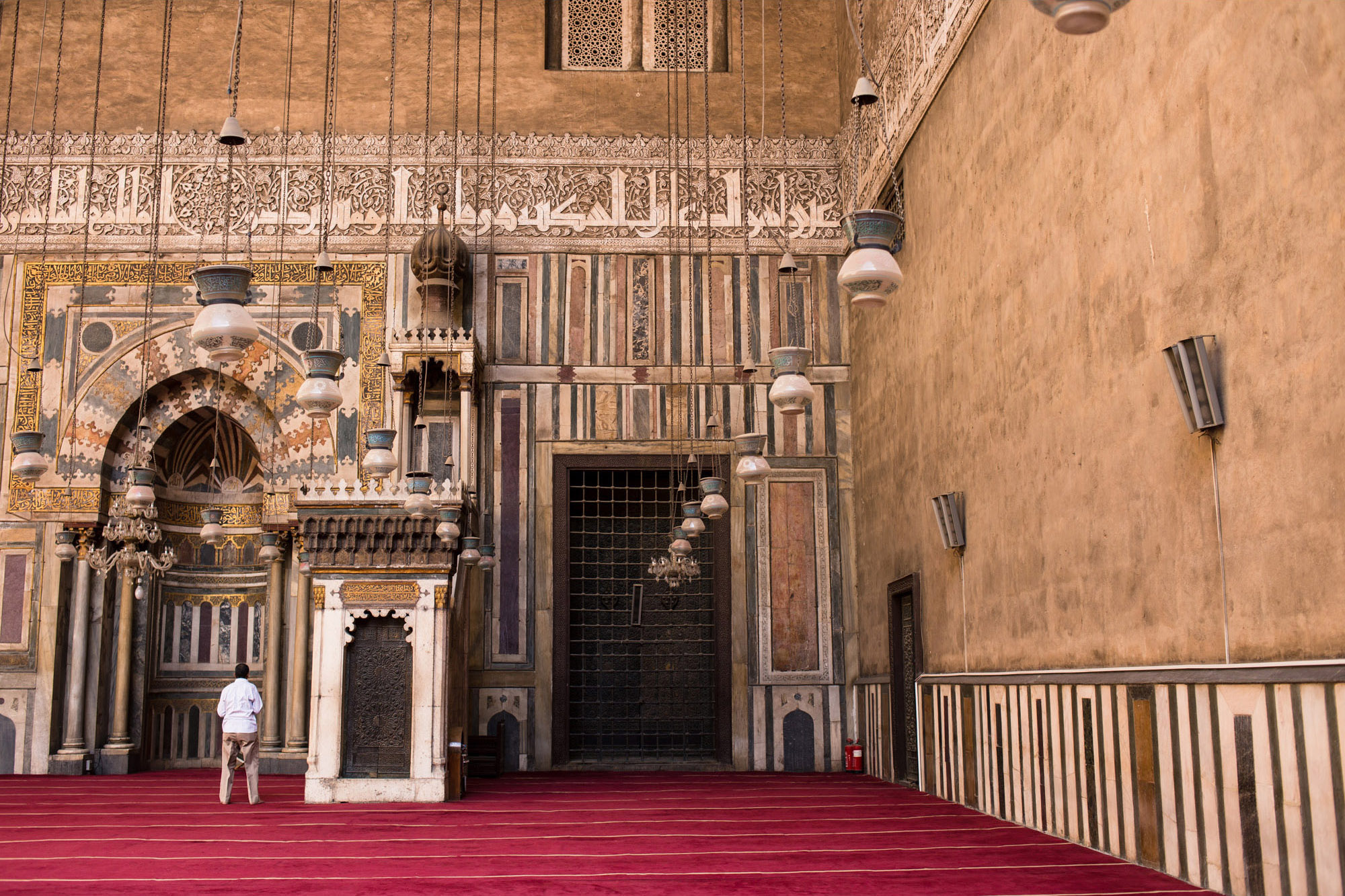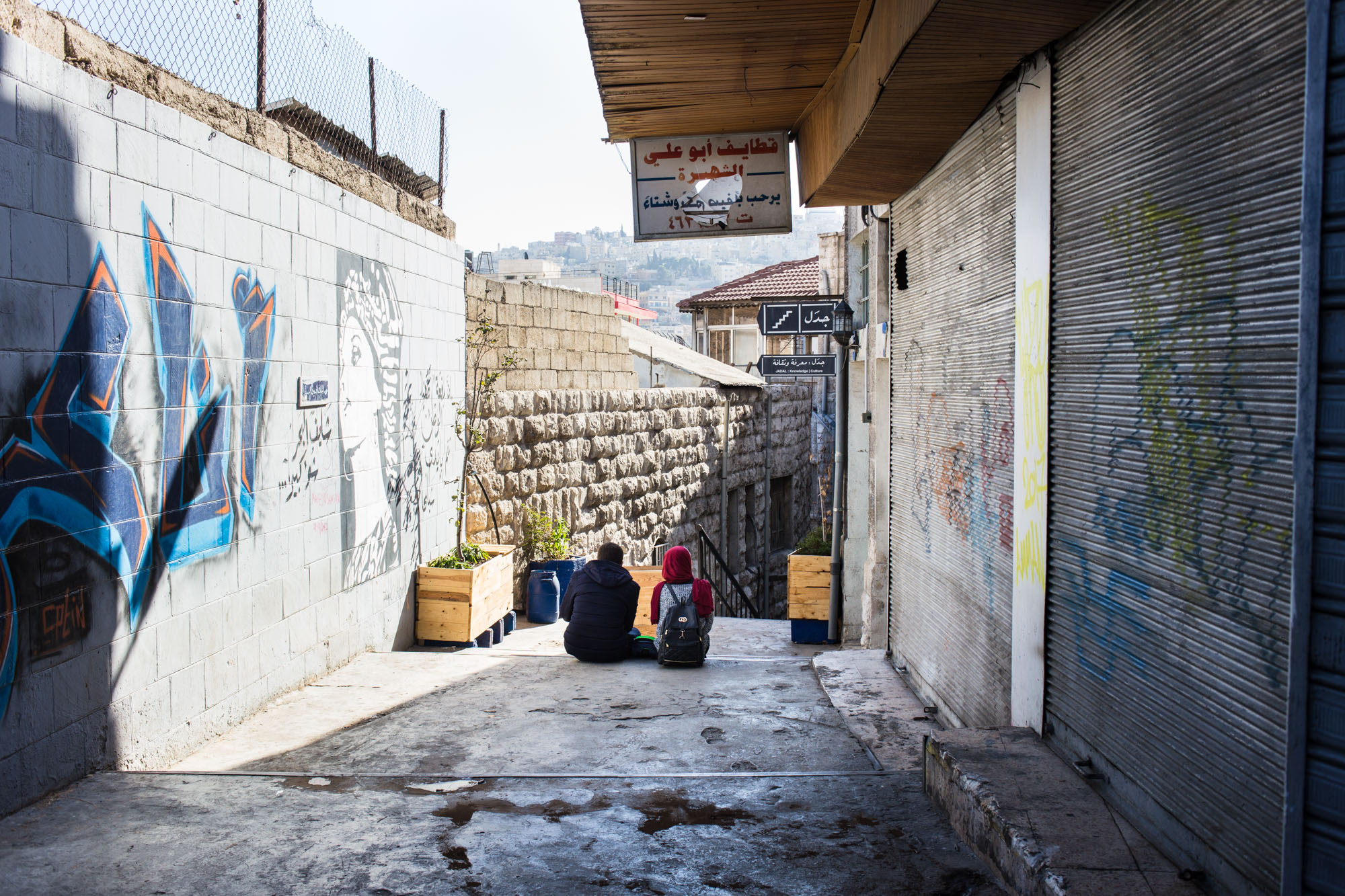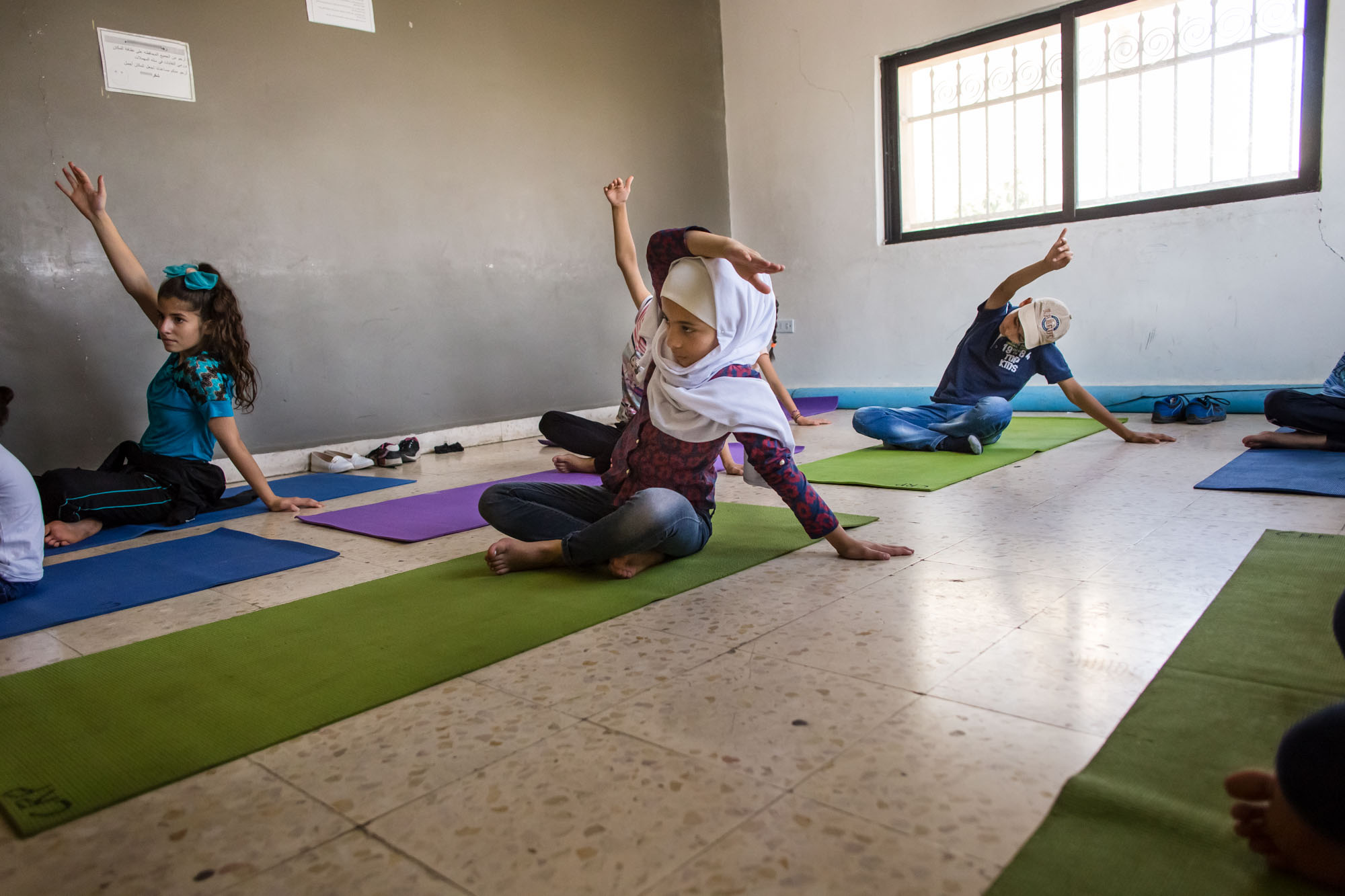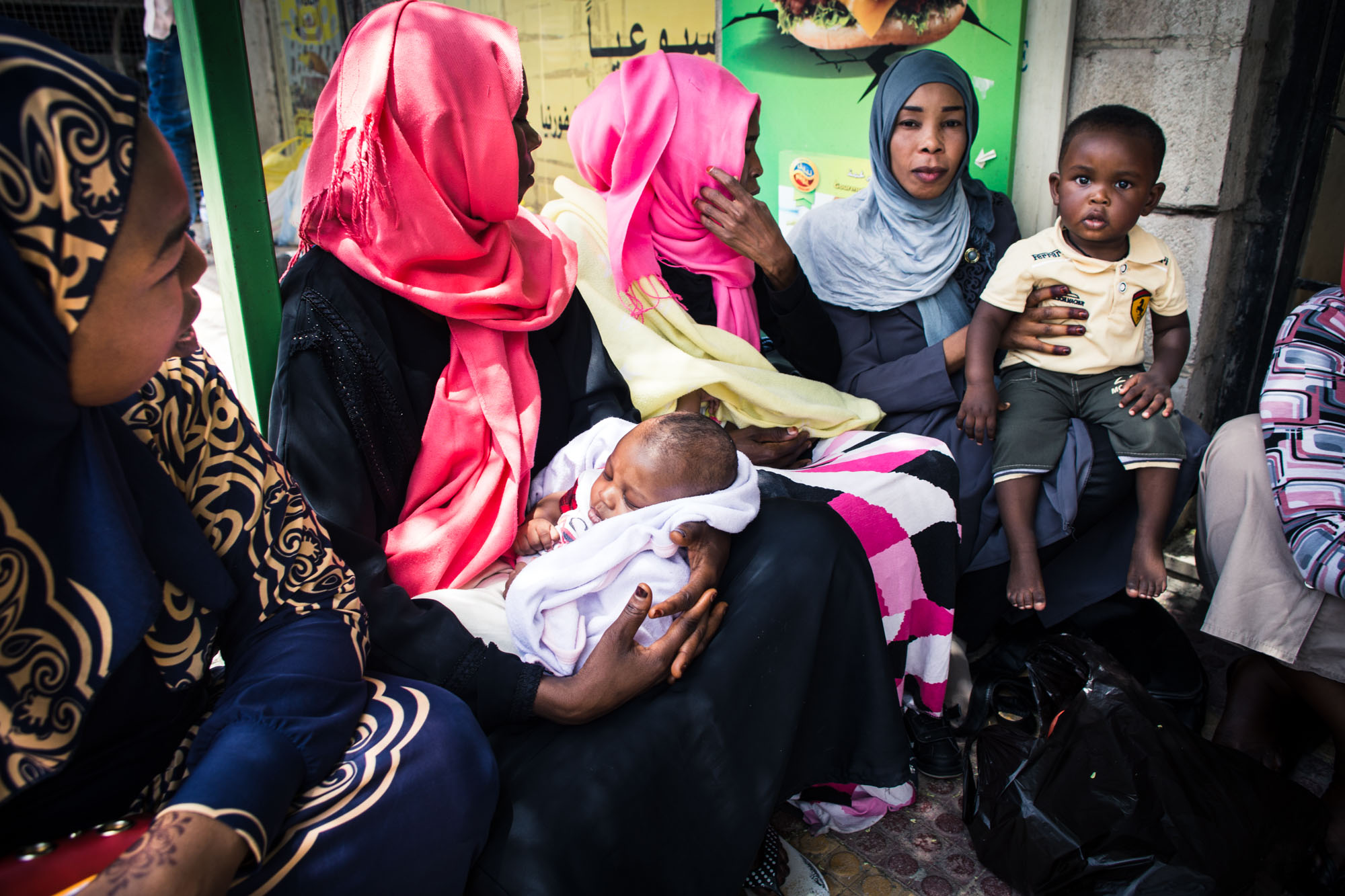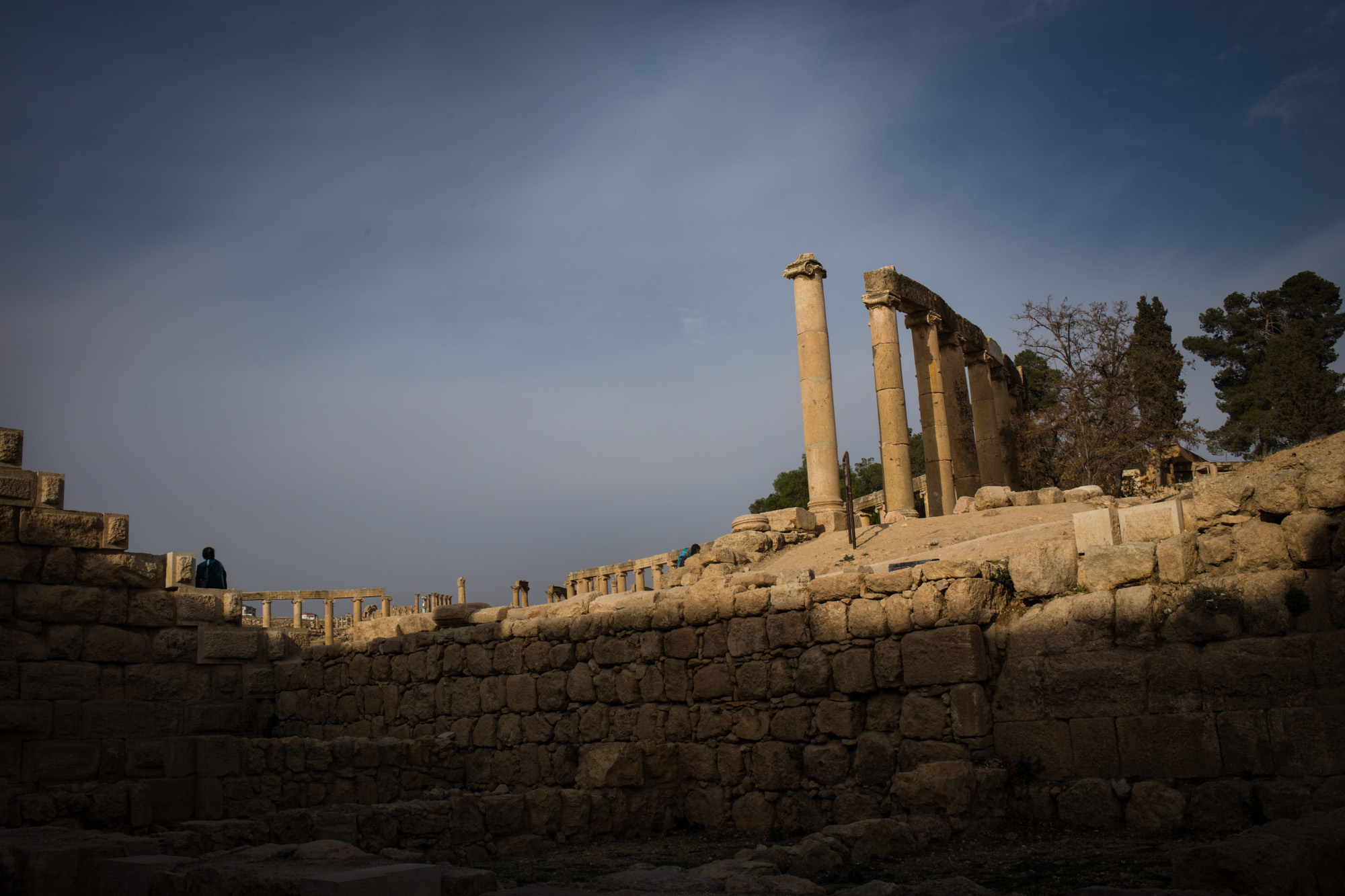2. Transcribe & mark up interviews for subtitles
This is lots of fun to do in a language you're not fully fluent in. Obviously, this is something that might have to be subcontracted out, but if you're still going to be the one editing the footage, the interviews have to be marked in a way that you're going to be able to understand it, cut it and put together the main audio track without having an interpreter next to you all the time. For me, I break out a pen and paper - because I'm incredibly slow typing in Arabic - and alternately jot down as much as I can in Arabic, or just write down words I'm not sure about in Arabic, or jot down my rough English translation for reference. As I'm watching the video in Premiere/FCP/Resolve, I'm marking in and out points of interest that will go into my timecode sheet.
Then I open up Word (or a Google Doc) and make a timecode - a table with four columns and about a million rows. From left to right, I label my columns as "Time, File name, Arabic, English". Then each row is a ~10 second space of time in a particular file. I fill in the Arabic and what I think the subtitles should read in English. This makes it easier to copy/paste as you're filling in your subtitles. And from my experience, it makes sense to save the actual subtitling until the very last - if you make any edits to your video/audio tracks, you'll have to adjust the subtitles accordingly, and at least in Premiere, this is a lot of tedious work. At some point, I have a native speaker watch the video and read my translations and let me know if it all matches up right and makes sense to them. As with any kind of translation though, you'll have people insist that an expression should be translated a certain way that makes zero sense in English - and you'll have to find a compromise.
3. Organize by Themes & Numbers
If you have a lot of different interviews and know that you're going to have to take the good bits on certain topics and organize them into a sequence, you can make another kind of table document. So, for example, if your themes are Women's Employment (1), Agriculture technical info (2), Environment (3), you can make a chart with who said what under each category, listing the file name, what they said, and when they said it. Then all you have to do is go back and search this document for the person who said it, or the topic, or a few keywords you remember. Much easier than scrubbing back through dozens of clips if you can know the exact file and exactly when it was said.
4. Shoot and Edit for Sequences
When editing, I always like to get my main audio track (usually interviews) down before I start working on visuals. But if I know I have an interview that talks about helping kids get over trauma, and I have b-roll of kids playing or in class or with their parents, I can start putting little sequences together from that and then drop it in over the relevant audio. It helps me to break even a short video down into smaller chunks - then it's just putting together a few of these sequences, an intro, a closing, some transitions - boom, done.
5. Keep all relevant documents together
This isn't just your video files. This could be folders with still photos or logos you have to include, your transcripts and timecodes, libraries and project files, possibly even contracts, releases, and other paperwork. Assuming you have about a dozen external hard drives like me, this makes it a lot easier to share files or plug into a different computer and keep working.







